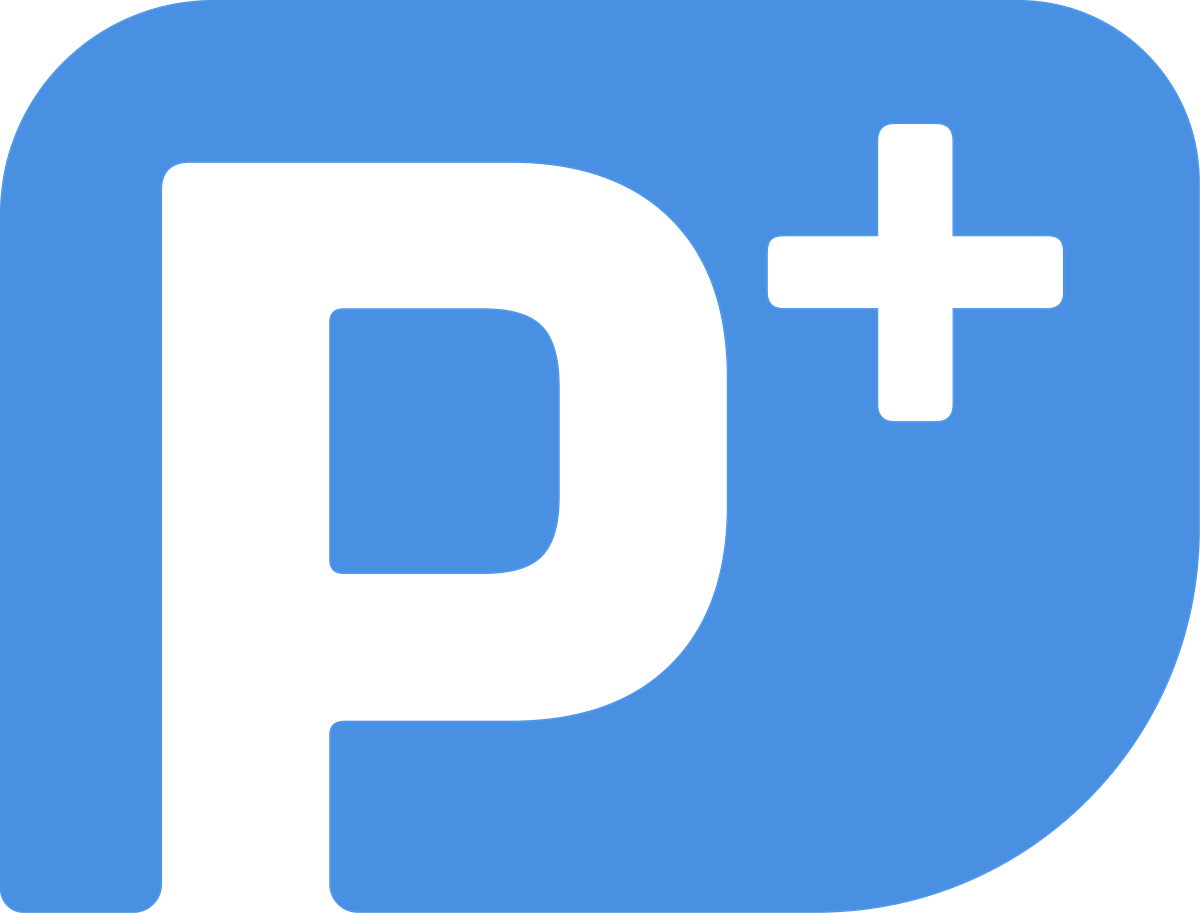7 Best Practices for Successful Sales Enablement Technology Adoption
To bolster their sales function and empower their business developers, many professional service firms spend considerable time weighing software options, sitting through demos, and sourcing internal champions, only to find that their user adoption is lackluster. That’s because in the seller-doer model, business development is typically an afterthought and any platform that enables it will have to compete with the technologies that enable client service.
That’s not to say that sales enablement software won’t work in the context of law, accounting, or other advisory firms, but it must be driven by the following seven best practices:
1. User selection
Put the software in the hands of those who are motivated to develop new business at the firm
2. Leader champions
When group leaders and managing partners model usage of the software, it sends a clear message that this isn’t just a “do as I say, not as I do” initiative. Set expectations for software adoption by regularly sharing usage reports with leaders and partners, and incorporate their expectations regularly into your user group.
3. Integrations
Remove friction by integrating new software with existing platforms, so it works seamlessly with familiar workflows. Integrate the software into established firm structures, such as industry group meetings or business development coaching meetings.
4. Accountability
In most professional service firms, where partners exercise considerable autonomy, it’s difficult to mandate the use of sales enablement software, so you must remove any friction that distracts users from engaging with the tool. Once the initial onboarding is complete, look to internal resources and external providers to drive adoption long-term. You may need to continually remind certain users to use the software, enlist firm leaders to hold users accountable and bring in coaches or trainers to provide encouragement and teach best practices.
5. Clear Expectations
Make sure your users understand what is expected of them in terms of usage. Anticipate a smaller base of power users, a group of intermittent users, and a faction of dormant users. This is always the case with any initiative. When launching a new solution, jumpstart adoption by distributing your licenses to those you know will use the software. Over time, their success will motivate others to want to use it, too.
6. Regular User Feedback Loops
The adoption process is not a set-it-and-forget-it initiative. It must evolve over time based on user feedback. Once you get users engaged, you must keep them engaged long-term. Keep asking why power users are using the software and why dormant users aren’t. Then, adapt the process based on their responses to turn dormant users into intermittent users and intermittent users into power users.
7. A Long-term View
Engagement levels will never be perfect. Just as even power users’ engagement may drop off over the holidays or summer months, you may see intermittent users begin using the software more than ever starting in January.
